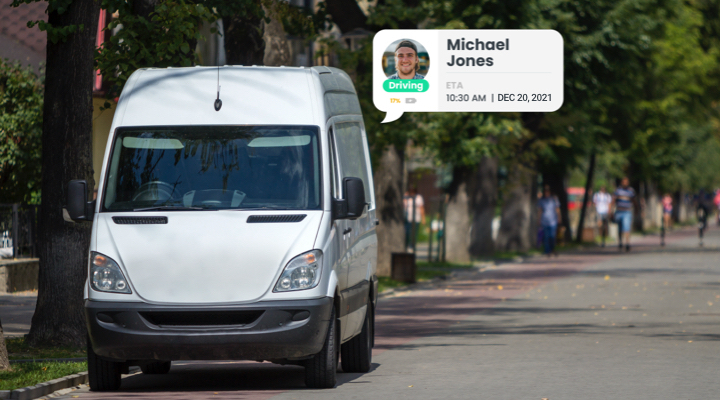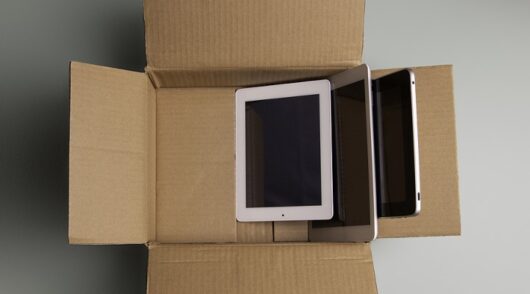It’s fair to say Australia’s supply chain has been stress tested in a way it hasn’t before over the past two years.
With most shoppers having turned online to fill their purchasing needs, Covid-19 caused a deluge of parcels and packages, clogging up an already slow process. Many retailers rely on one or two large, central warehouses to handle entire product lines, leaving external delivery companies entirely responsible for the delivery of these goods to various parts of the country. But what happens when orders are up by 300 per cent, and delivery partners no longer have the facilities or the resources to deliver?
While consumers have been fairly forgiving with the elongated wait times and uncertainty, given the situation we’ve all found ourselves in, that patience may be starting to wear thin.
The problem
According to data collected by courier company Zoom2u in its 2021 Online Consumer Shopping Report, 86 per cent of shoppers would reconsider shopping with a brand if they had a poor delivery experience.
And, according to Zoom2u® founder Steve Orenstein, much of these bad experiences come from the baked-in, customer-facing uncertainty that existing delivery processes provide.
“Courier companies have been around forever, but they were always designed to deliver to businesses – they’re not designed in a consumer-friendly way,” said Orenstein.
“Customers never really know when a parcel is going to arrive. They might be told an estimate of what day it will arrive but they are rarely given a specific time window – there is no certainty – and the result of that is the driver may arrive and the customer isn’t at home. Resulting in an unhappy shopper and in some cases, a poor review.”
What happens next depends on which courier service is used, but it’s generally a frustrating experience for the customer. Especially if they’re expecting something at a certain time, and when they have already experienced a system that works in a more transparent way: food delivery.
Alongside the rise in online shopping came the rise of food delivery, and people know how simple and easy it is to order something, watch its progress, and be able to track that order from its pickup to drop off. Customers are able to communicate with the person delivering their meal in real-time: giving instructions on how to navigate their unit block, or letting them know where to leave the food.
This flexibility, efficiency and high levels of customer service are now what is expected, yet it hasn’t been mirrored in Australia’s largest, and most relied upon delivery sector.
Customer service is always compared to the best experience a shopper has had – be that through a ridesharing app, a hotel resort, or an airport check-in terminal – and Australia’s logistics industry has struggled to meet customers’ expectations.
So, what can be done?
“Ultimately, deliveries need to be better. They need to happen faster and with much greater efficiency. One way to do that is by having smaller warehouses that are closer to where your consumer is,” said Orenstein.
Converting retail stores or greater, smaller locations into mini dispatch centres, closer to customers, means getting products to their end location faster, à la ship-from-store.
This also means that, should one part of a brand’s delivery network be impacted by future uncertainties, like a positive Covid-19 case meaning a key centralised warehouse is shut down, a business’ entire delivery network isn’t shut down along with it.
According to Zoom2u, 71 per cent of shoppers said they would shop online more often if they could guarantee their products would arrive on the same day they ordered it. This guarantee requires complete transparency.
Increased visibility and confirmation around when a courier will arrive is paramount: rather than giving customers a window of days, brands should be giving them a window of hours that they can choose from.
“Customers should get a text message when the driver is on their way, and they can click on a link to be taken to a live-tracking page and be able to communicate with the courier,” Orenstein said.
“It is no longer enough to get a package to the right place within an acceptable time frame. In today’s world, door to door delivery has become a necessary requirement for those in isolation, or requiring vital goods like medications – certainty during these times should be a given.
“Deliveries of all kinds should have real-time tracking, real-time communication, and real-time feedback – not just food services”
Zoom2u allows brands to do this – connecting retailers with local, independent couriers for fast same-day delivery. If you want to learn more about how Zoom2U can improve your brand’s delivery experience, get in touch here.






